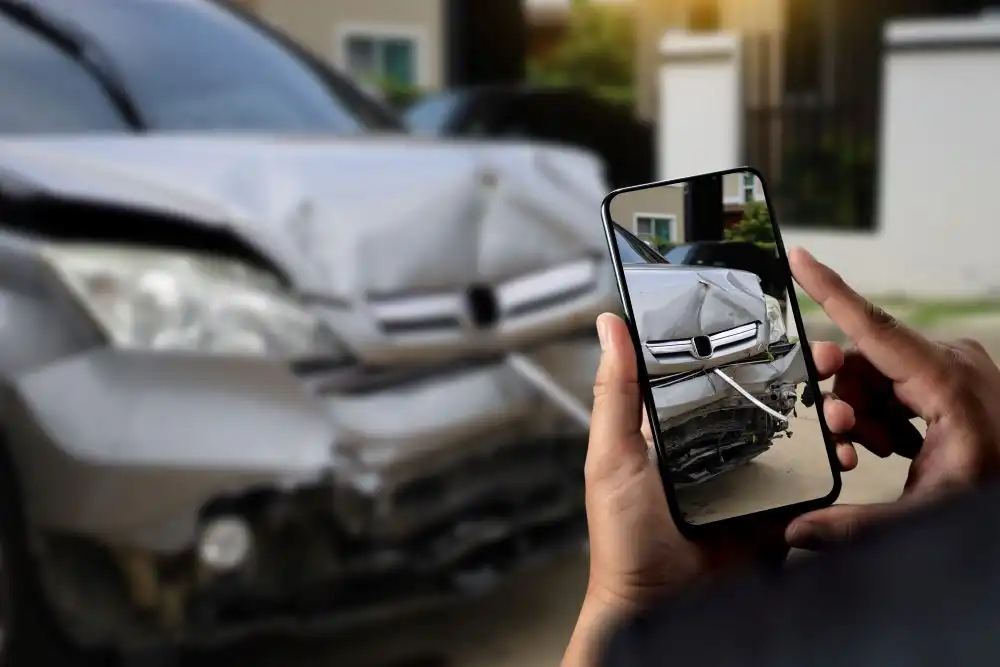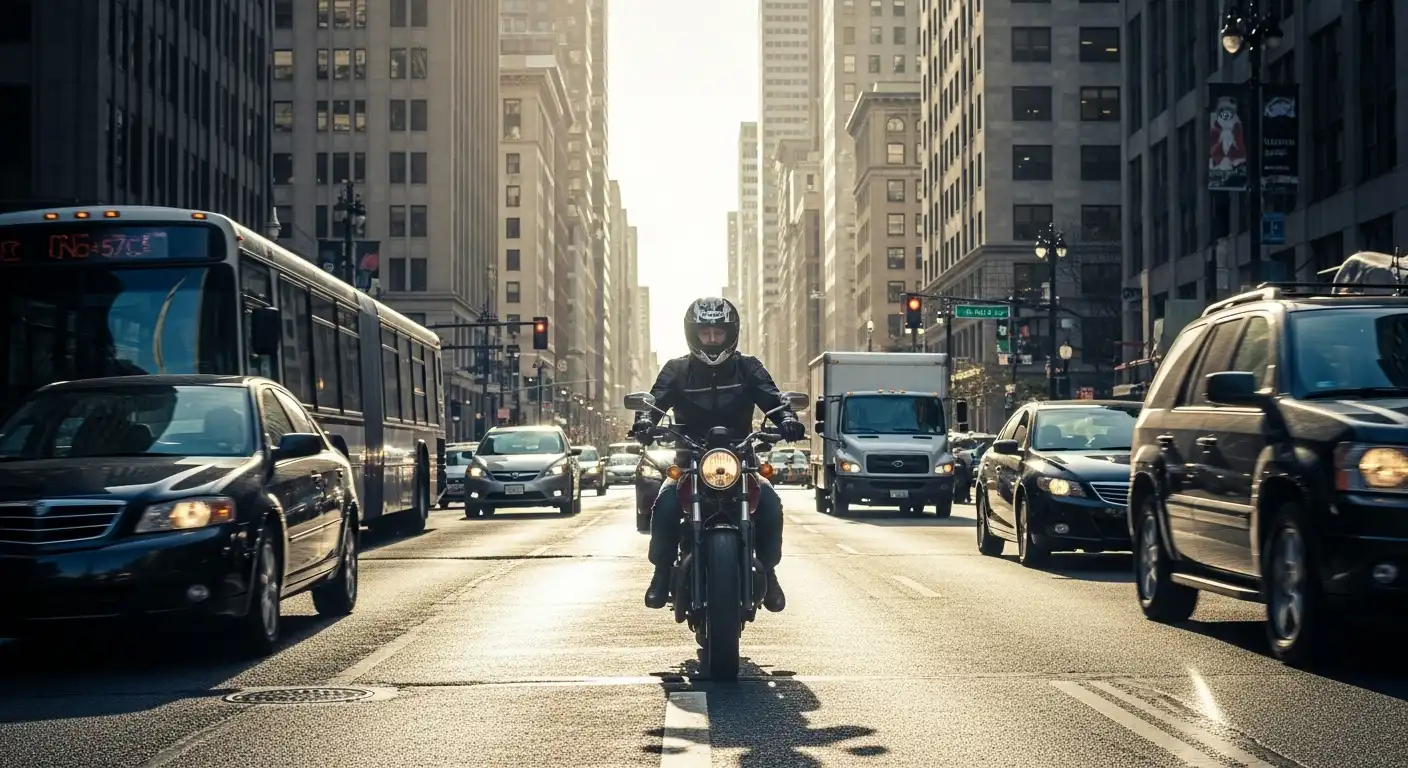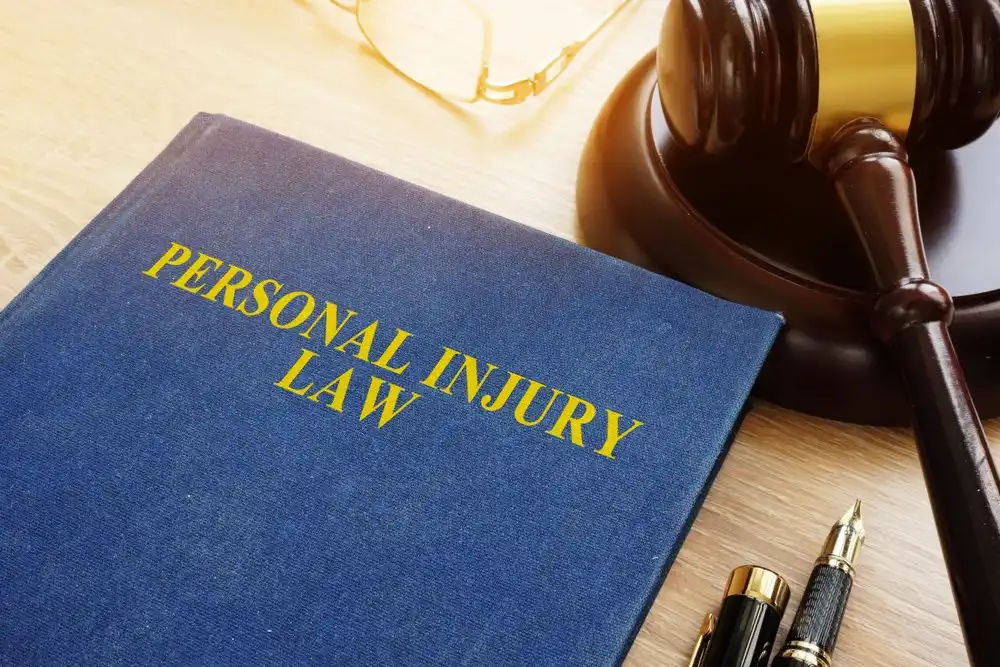After being involved in an accident, whether it’s a car collision, a slip-and-fall, or a workplace injury, your next steps can greatly impact the outcome of your case. One of the most crucial actions you can take after an accident is to gather evidence. Properly documenting the accident and its aftermath will help you build a strong case, protect your rights, and ensure that you receive the compensation you deserve.
In this blog, we’ll explore why gathering evidence is so important after an accident, what types of evidence to collect, and how it can affect the success of your personal injury claim.
1. Why Evidence Is Essential After an Accident
Evidence serves as the foundation of any personal injury claim. It helps establish the facts, clarify who was at fault, and prove the extent of the damages you’ve suffered. Insurance companies, attorneys, and courts rely on the evidence to determine liability and compensation. Without sufficient evidence, it can be difficult to prove your case, and you may not receive the full compensation you deserve.
Key Reasons Why Evidence Matters:
-
Proving Liability: In many cases, accidents happen due to someone else’s negligence, but proving that negligence is essential. Evidence helps demonstrate that the other party was at fault.
-
Strengthening Your Case: Solid evidence can make your claim more persuasive, improving the chances of a favorable outcome whether in settlement negotiations or in court.
-
Supporting Your Injuries: Documenting your injuries with medical records, photos, and witness testimony ensures that you can prove the extent of your damages, including pain and suffering, medical costs, and lost wages.
2. Types of Evidence to Gather After an Accident
Different types of accidents require different kinds of evidence. However, some forms of evidence are universally important and should be collected at the scene of the incident, if possible. Here’s a list of key types of evidence that can strengthen your case:
1. Photos and Videos
Visual evidence is one of the most powerful tools in any accident case. Photos and videos of the scene, your injuries, and any relevant factors can provide a clear and objective record of what happened.
-
At the Accident Scene: Take photos of the damage to vehicles, property, or other objects involved. If it’s a slip-and-fall or workplace accident, capture images of the hazardous conditions (e.g., a wet floor, broken equipment).
-
Injuries: Document visible injuries such as cuts, bruises, or fractures immediately after the accident. Also, take follow-up photos as your injuries heal to show the extent of the damage and recovery over time.
-
Surroundings: Include photos of street signs, traffic lights, weather conditions, and road conditions, as these factors may play a role in the accident.
2. Witness Statements
Witnesses can be crucial in verifying what happened during the accident. Eyewitnesses can confirm details that may be in dispute, such as who was at fault or the events leading up to the accident.
-
Contact Witnesses: If possible, gather the names, phone numbers, and addresses of people who saw the accident happen. Witnesses can include bystanders, other drivers, passengers, or pedestrians.
-
Written Statements: If witnesses are willing, ask them to write down or record what they saw while it’s still fresh in their memory.
3. Police Report
If law enforcement responded to the accident scene, they would have filed a police report. This report is an official document that provides crucial information about the accident, including:
-
The identities of the involved parties
-
A description of the accident
-
Any citations issued
-
Statements from the police officer about the cause of the accident
This report can be vital in proving fault and supporting your claim.
4. Medical Records
Medical records are vital to establishing the extent of your injuries and how they relate to the accident. You should seek medical care immediately after the incident, even if your injuries seem minor. Sometimes, injuries don’t show symptoms until hours or days after the accident, so timely medical attention ensures that your injuries are properly documented.
-
Doctor’s Notes: Keep all documentation of your medical treatments, including emergency room visits, doctor consultations, prescriptions, and physical therapy.
-
Bills and Receipts: Collect all medical bills, receipts, and other evidence of medical expenses incurred as a result of the accident.
5. Accident Report
If the accident was significant enough to warrant an official report (such as a car crash or workplace incident), be sure to request a copy. These reports often contain key details, including the police officer’s observations, potential witness statements, and conclusions about who is at fault.
6. Video Surveillance
If the accident took place in a public area, such as a parking lot, store, or along a busy street, there may be surveillance cameras nearby that captured the incident. If there are cameras at the scene, ask for access to the footage as it could provide undeniable proof of what happened.
-
Traffic Cameras: Many cities have cameras installed at intersections and along major roads that may have recorded the accident.
-
Store or Parking Lot Surveillance: If the accident occurred on private property, check with the business or property owner to see if security cameras captured the event.
7. Documentation of Lost Wages
If the accident caused you to miss work, you are entitled to recover compensation for the lost wages. Keep detailed records of your time off work, including:
-
Pay stubs
-
Time-off requests
-
Doctor’s notes specifying why you were unable to work due to the accident
This information will help ensure that your lost income is factored into your compensation claim.
3. How Evidence Helps Your Case
Gathering evidence is crucial because it helps your attorney build a strong case and allows you to present a clear and compelling argument to insurance companies or the court. Here’s how the evidence plays a key role in your personal injury case:
1. Establishing Fault
Evidence is key to proving who was responsible for the accident. For example:
-
Photos showing road defects, traffic violations, or weather conditions
-
Police reports and witness testimony can help demonstrate that the other party was negligent.
2. Proving the Extent of Your Injuries
Your medical records and photos of your injuries show how serious the accident was and the lasting impact on your life. The more evidence you can provide, the more accurately your damages can be assessed, and the more likely you are to receive fair compensation.
3. Supporting Your Claims for Damages
Damages such as pain and suffering, lost wages, and future medical costs are often subjective and require solid evidence to justify the compensation you’re seeking. Documents like medical bills, employment records, and personal statements from witnesses help to substantiate your claims.
4. What Happens if You Don’t Gather Evidence?
Failing to gather enough evidence after an accident can weaken your case and make it more difficult to recover compensation. Without photos, witness statements, or other crucial documentation, you may face challenges proving your version of events, especially if the at-fault party or their insurance company disputes your claims.
In addition, not having medical documentation or proof of lost wages can leave you with less compensation than you deserve, or even cause your claim to be denied altogether.
5. How a Lawyer Can Help You Gather Evidence
An experienced personal injury lawyer can help you gather all the necessary evidence to support your case. They have access to resources and legal tools that can help in obtaining witness statements, accident reports, and medical records. Additionally, they can hire experts—such as accident reconstructionists—who can provide testimony or analysis that supports your case.
Your lawyer can also help you preserve evidence and ensure that it’s submitted correctly in court or to the insurance company.
Conclusion
Gathering evidence after an accident is essential for building a strong personal injury case. It helps prove liability, supports the extent of your injuries, and ensures that you receive fair compensation. While you may be focused on recovery after an accident, taking the time to document the details of the incident and seek help from a skilled attorney can make a significant difference in the outcome of your case.
If you’ve been involved in an accident, contact an experienced personal injury lawyer who can help guide you through the process of collecting evidence and fighting for the compensation you deserve. Your lawyer will be your advocate, ensuring that your rights are protected every step of the way.




